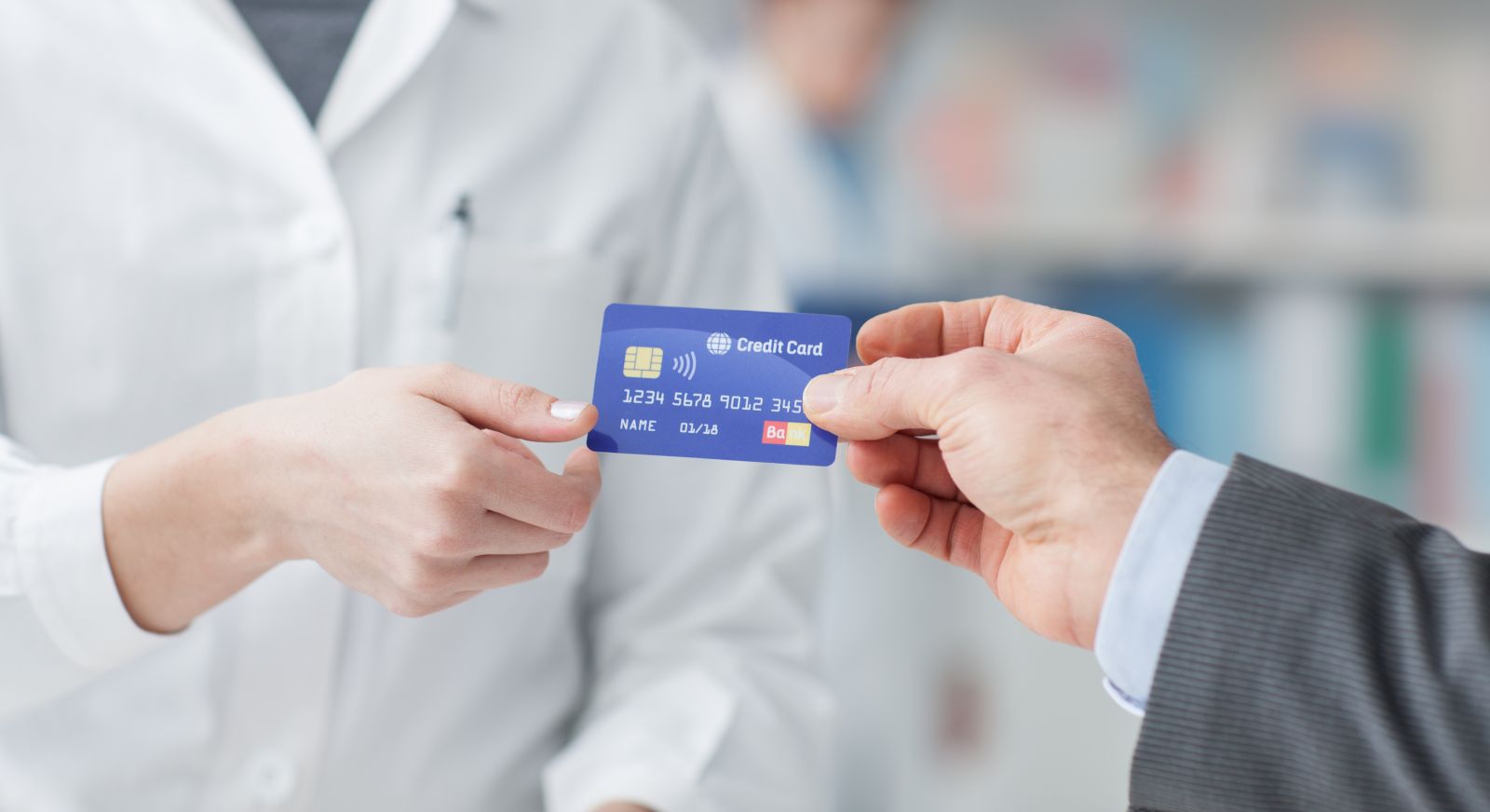
business. Let’s break down how credit card processing works, what’s really driving up your costs, and—most importantly—how you can reduce fees and keep more of your hard-earned money.
Understanding Credit Card Processing Fees
Before you can lower your fees, it’s important to understand how they work. Every time a customer pays with a card, you’re charged three main types of fees:
✔ Interchange Fees – Set by card networks (Visa, Mastercard, etc.), these go to the customer’s bank.
✔ Assessment Fees – A smaller percentage charged by the card networks themselves.
✔ Processor Markup Fees – What your payment processor charges on top of interchange and assessment fees.
While interchange fees are non-negotiable, the markup fees set by your payment processor are where you have the most room to save.
Want to dive deeper into reducing your expenses? Check out our guide to lowering credit card processing fees for expert insights.
1. Negotiate a Better Rate with Your Processor
One of the easiest ways to reduce your credit card processing costs is to negotiate with your payment processor. Many pharmacy owners assume they have to accept the rates they’re given, but in reality, most processors are willing to offer lower fees to keep your business.
When negotiating, ask about:
✔ Lower interchange-plus pricing instead of flat-rate fees
✔ Eliminating hidden fees like batch processing and statement fees
✔ Volume-based discounts if you process a high number of transactions
If your current processor isn’t willing to budge, it might be time to shop around for a better deal.
2. Pass Processing Fees to Customers with Dual Pricing
A growing number of pharmacies are using dual pricing to pass processing fees to customers who choose to pay with a credit card. This model allows you to:
✔ Offer a cash discount for customers who pay with cash or debit
✔ Keep listed prices lower while covering processing costs
✔ Give customers the choice of how they want to pay
Since processing fees can take 2-4% of every sale, this approach can save thousands of dollars per year while still keeping customers happy.
3. Optimize Your Payment Methods
Not all payment types cost the same to process. If you can encourage customers to use lower-cost payment methods, you can reduce overall transaction fees.
Here’s what to consider:
✔ Debit cards have lower processing fees than credit cards
✔ Card-present transactions (chip/tap) cost less than manually entered card info
✔ ACH payments (electronic bank transfers) have even lower fees
If you have regular customers who pay large amounts, consider setting up ACH or bank transfer payment options to bypass high processing fees altogether.
4. Avoid Hidden Fees in Your Processing Contract
Many pharmacy owners don’t realize how much they’re paying in hidden fees until they take a closer look at their statements. Some common hidden charges include:
🚩 Statement fees – Monthly charges just for receiving a bill
🚩 PCI compliance fees – Extra charges for not meeting security requirements
🚩 Batch processing fees – Fees for submitting transactions at the end of the day
By carefully reviewing your contract and working with a processor that offers transparent pricing, you can avoid unnecessary charges that eat into your profits.
5. Secure Lower Rates with a Group Purchasing Organization
If you’re part of a pharmacy network or buying group, you might be able to access negotiated credit card processing rates that are lower than what you’d get on your own. Many pharmacy associations partner with payment processors to offer bulk discounts, helping independent pharmacies reduce fees.
Not sure where to start? Explore our pharmacy financial solutions for expert strategies to improve your bottom line.
